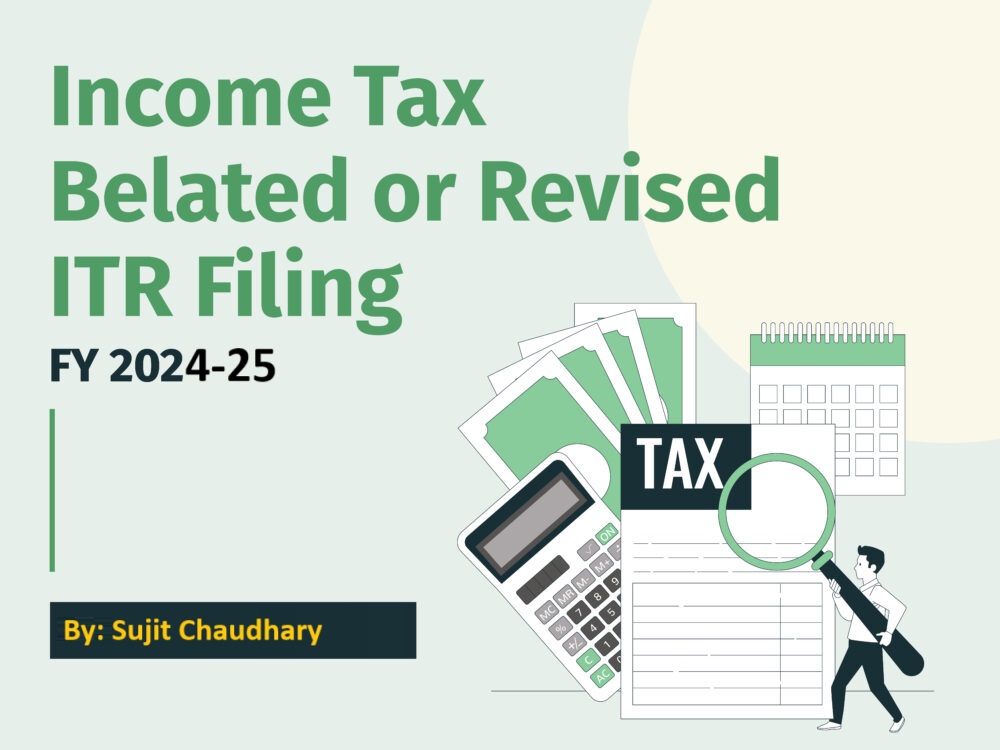In anticipation of the Union Budget 2025, the Institute of Chartered Accountants of India (ICAI) has proposed allowing married couples to file joint income tax returns under the new tax regime. This initiative aims to provide tax relief to single-income families and reduce tax avoidance strategies.
Current Taxation Framework:
Individual Filing: Presently, each individual is required to file separate tax returns, with basic exemption limits of ₹3 lakh under the new tax regime and ₹2.5 lakh under the old regime. These limits apply individually to each family member.
ICAI’s Proposal:
Joint Filing Option: ICAI suggests introducing an optional joint taxation scheme for married couples, allowing them to file a combined return. This would enable couples to choose between individual taxation and joint taxation based on their financial circumstances.
Enhanced Exemption Limits: The proposal includes doubling the basic exemption limit for joint filers, aligning it more closely with the economic realities faced by households with single earners.
Potential Benefits:
Tax Relief: Joint filing could lower the overall tax burden for married couples, especially those with a single income source.
Simplified Compliance: A joint return may streamline the tax filing process for couples, reducing administrative efforts.
Reduced Tax Avoidance: By providing a joint taxation option, the proposal aims to minimize income shifting strategies employed to exploit individual exemption limits.
Considerations:
Optional Scheme: Taxpayers would have the flexibility to choose between the existing individual filing system and the proposed joint filing, selecting the option that offers the most benefit.
Implementation Details: Specifics regarding the calculation of joint incomes, applicable tax slabs, and potential deductions would need to be clearly defined to ensure clarity and fairness.
Conclusion:
The proposal to allow joint income tax return filing for married couples in Budget 2025 reflects an effort to adapt the tax system to contemporary family structures and economic conditions. If implemented, it could provide significant relief to single-income families and enhance the equity of the tax regime.


